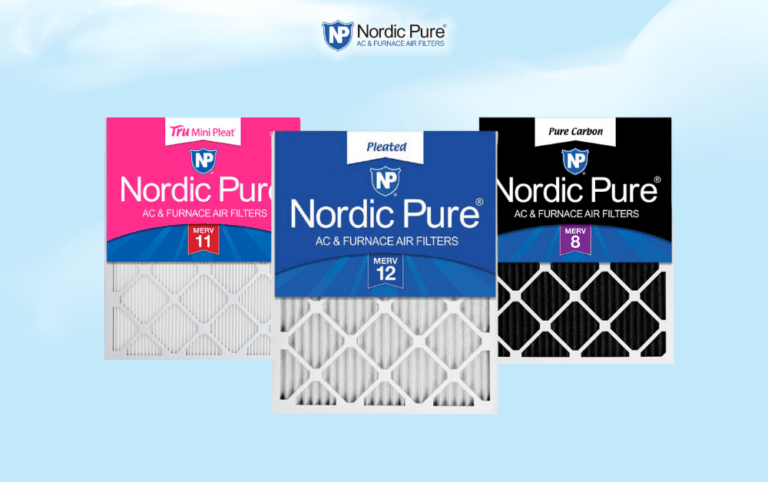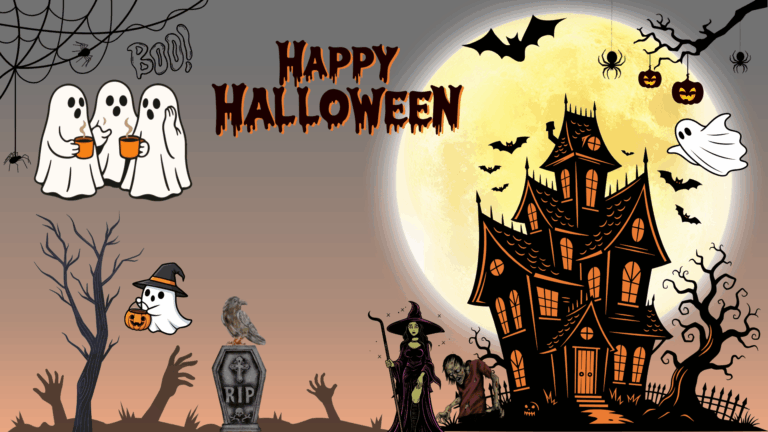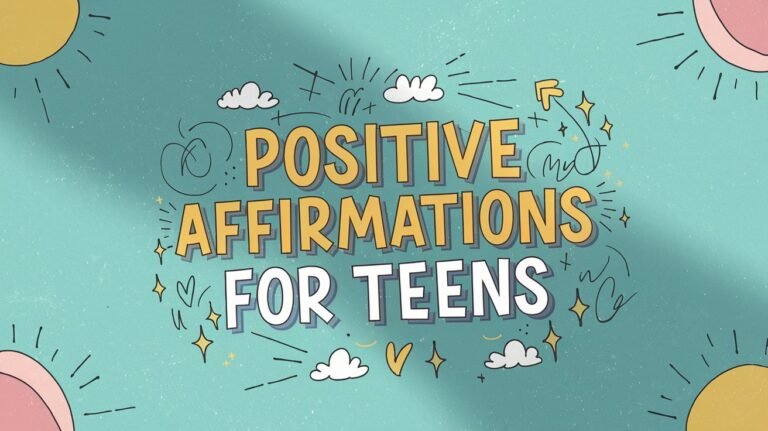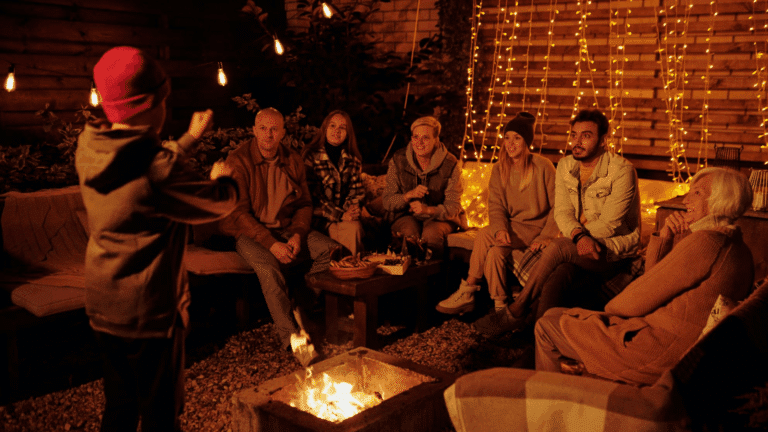Learning to read can feel overwhelming when children encounter complex letter combinations. Vowel team words often confuse young learners because they don’t follow the simple phonetic rules that kids already know.
Teachers and parents frequently struggle to find effective ways to teach these tricky combinations. This blog post provides a complete collection of essential vowel digraphs that will make reading instruction much easier.
Readers will find word lists, teaching tips, and strategies to help children quickly master these reading skills.
Vowel Team Words and Their Importance
Vowel teams happen when two or more vowels work together to make one sound. These letter combinations don’t follow basic phonics rules that children learn first.
Examples include “rain,” “boat,” and “dream” where vowels create new sounds together.
When kids master vowel team words, their reading fluency improves dramatically, and they recognize patterns quickly instead of sounding out each letter separately.
Reading success depends on recognizing these patterns:
- Better Comprehension: Faster word recognition leads to improved understanding
- Increased Confidence: Children predict letter sounds more easily
- Improved Spelling: Pattern recognition makes writing words simpler
- Vocabulary Growth: Kids tackle more challenging books successfully
Students who struggle with vowel teams often get stuck on simple sentences. They sound out each letter instead of seeing the whole pattern, which slows down reading and makes comprehension harder.
Different Types of Vowel Digraphs
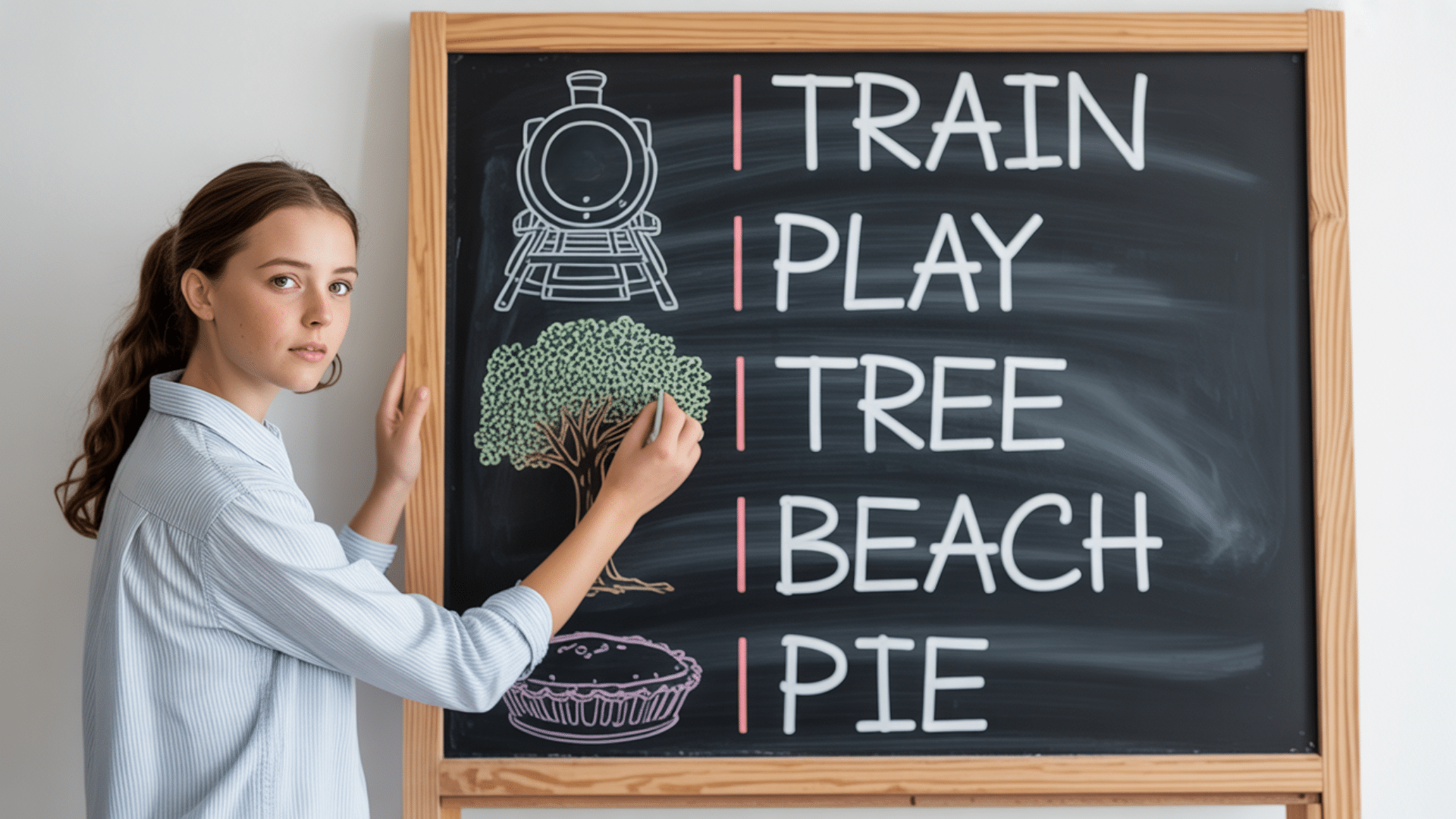
Vowel digraphs come in several distinct categories that teachers can organize by the sounds they make. Each type follows specific patterns that help children predict how words will sound when they read them.
1. Long A Teams: The combinations AI and AY create the long A sound in words like “train” and “play.” Teachers often notice that AI appears in the middle of words while AY typically comes at the end.
2. Long E Teams: EE and EA work together to make the long E sound, though EA can be tricky since it sometimes makes a short E sound instead. Words like “tree” and “beach” show the long E pattern, while “bread” demonstrates the exception.
3. Long I Teams: IE and IGH produce the long I sound in different positions within words. Students see this in words like “pie” and “night,” where the vowel sound pairs become easier to read once children recognize these consistent patterns.
4. Long O Teams: OA and OW create the long O sound, appearing in words such as “boat” and “snow.” The OA combination typically stays in the middle of words, while OW can appear at the end.
5. Long U Teams: EW, UE, and EU make the long U sound in words like “flew,” “blue,” and “feud.” These combinations appear less frequently than other vowel teams but follow similar positioning rules.
6. Diphthong Teams: These special combinations, like OI, OY, OU, and OW, actually make two vowel sounds that blend together quickly. Examples include “coin,” “boy,” “house,” and “cow,” where the mouth moves as children pronounce the sounds.
Core Vowel Pair Words for Beginners

Young learners succeed when introduced to simple, recognizable word patterns that reinforce basic reading skills.
These foundational words are common in everyday language and help children feel confident as they begin decoding with ease.
1. Rain
2. Mail
3. Train
4. Paint
5. Day
6. Play
7. Stay
8. Say
9. Meat
10. Read
11. Seat
12. Leaf
13. Tree
14. Green
15. Sheep
16. Street
17. Chief
18. Field
19. Thief
20. Piece
21. Pie
22. Tie
23. Die
24. Fries
25. Light
26. Night
27. Sight
28. Bright
29. Boat
30. Coat
31. Float
32. Roam
33. Toe
34. Toad
35. Joe
Vowel Pair Words Practice for Growing Learners

The following set of words challenges them to recognize patterns in unfamiliar contexts and strengthens their ability to read fluently across various subjects.
36. Snow
37. Grow
38. Throw
39. Glue
40. Blue
41. True
42. Rescue
43. Fruit
44. Suit
45. Juice
46. Cruise
47. Oil
48. Soil
49. Boil
50. Point
51. Toy
52. Boy
53. Enjoy
54. Joyful
55. Loud
56. Sound
57. Found
58. Mouth
59. Cow
60. Now
61. Clown
62. Brown
63. Cloud
64. House
65. Proud
Click here to download the free PDF of the vowel team words
Fun Activities for Practicing Vowel Digraphs
These fun exercises help students recognize vowel patterns while keeping them motivated and excited about learning.
1. Vowel Team Memory Match
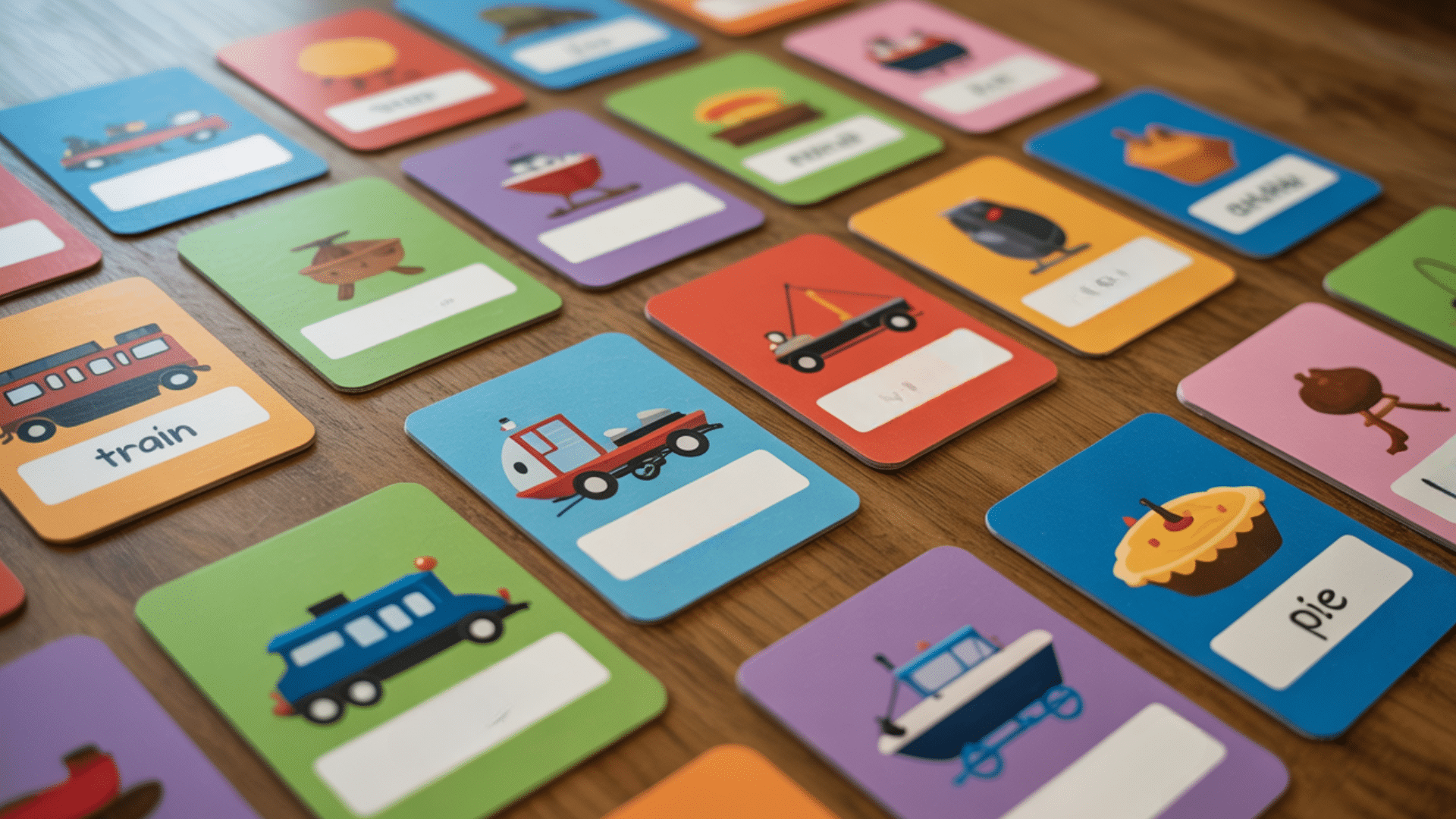
- What you need: Create pairs of cards with vowel digraphs that share the same pattern, such as “rain” and “train” or “boat” and “coat”.
- How to play: Players flip two cards at a time, trying to match words with the same vowel team sound and win the pair.
- Learning benefits: Visual recognition of vowel patterns and memory reinforcement of sound-letter relationships.
2. Beach Ball Toss Reading
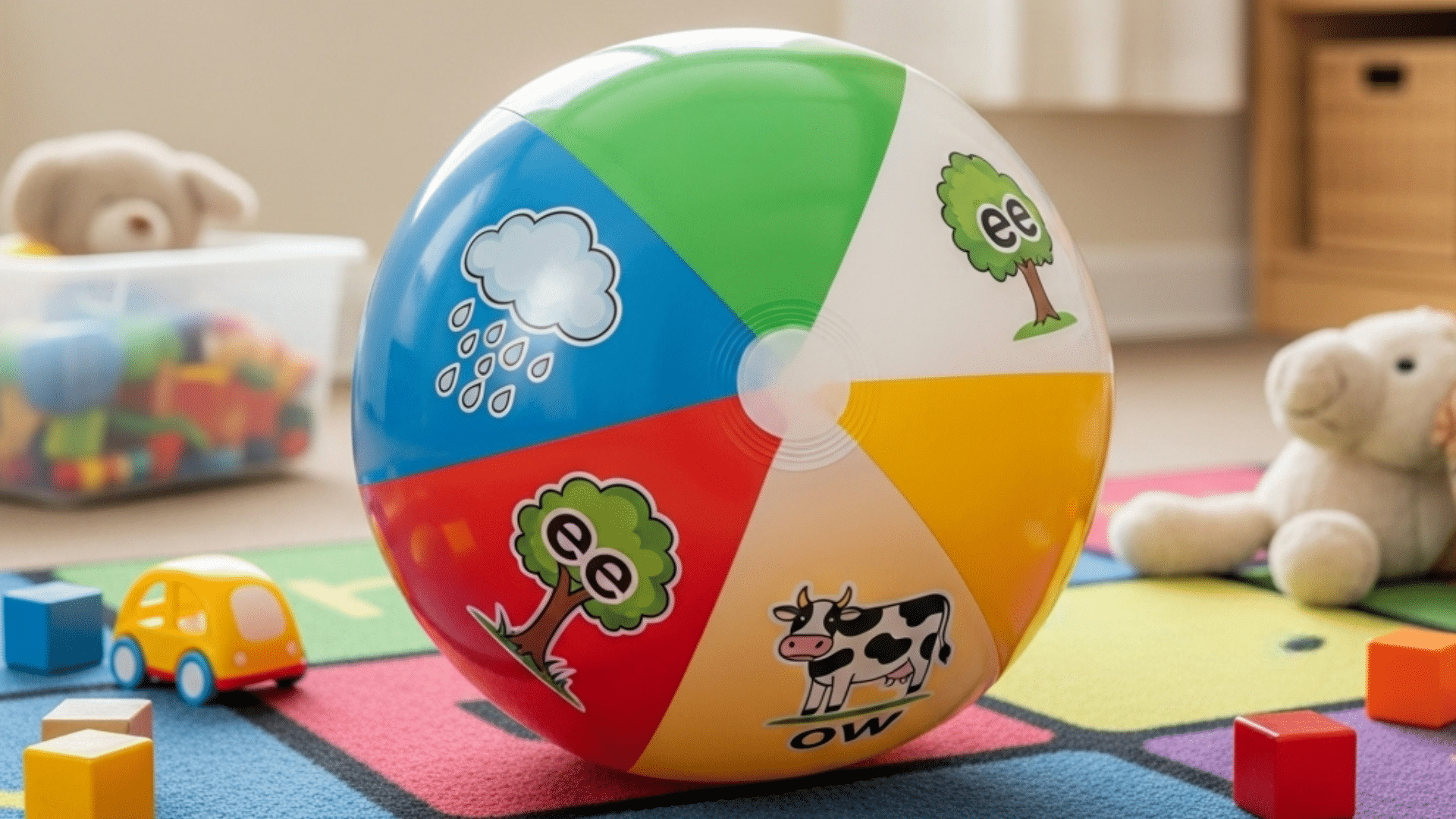
- What you need: Write different vowel blends on sections of a beach ball using a permanent marker.
- How to play: Students toss the ball to each other and read aloud the word that lands under their right thumb when they catch it.
- Learning benefits: Quick word recognition, pronunciation, and building reading confidence through movement.
3. Vowel Team Sorting Race

- What you need: Prepare word cards with various vowel teams and create labeled containers for each pattern type.
- How to play: Students race against the clock to sort all the word cards into the correct containers based on their vowel team patterns.
- Learning benefits: Pattern recognition, categorization skills, and speed in identifying vowel combinations.
4. Roll and Read Quest

- What you need: Create a large die with numbers and prepare six columns of vowel digraphs on a whiteboard or poster.
- How to play: Students roll the die and read a word from the corresponding numbered column, then use it in a sentence.
- Learning benefits: Word decoding, sentence construction, and connecting reading to meaningful language use.
5. Vowel Team Ladders
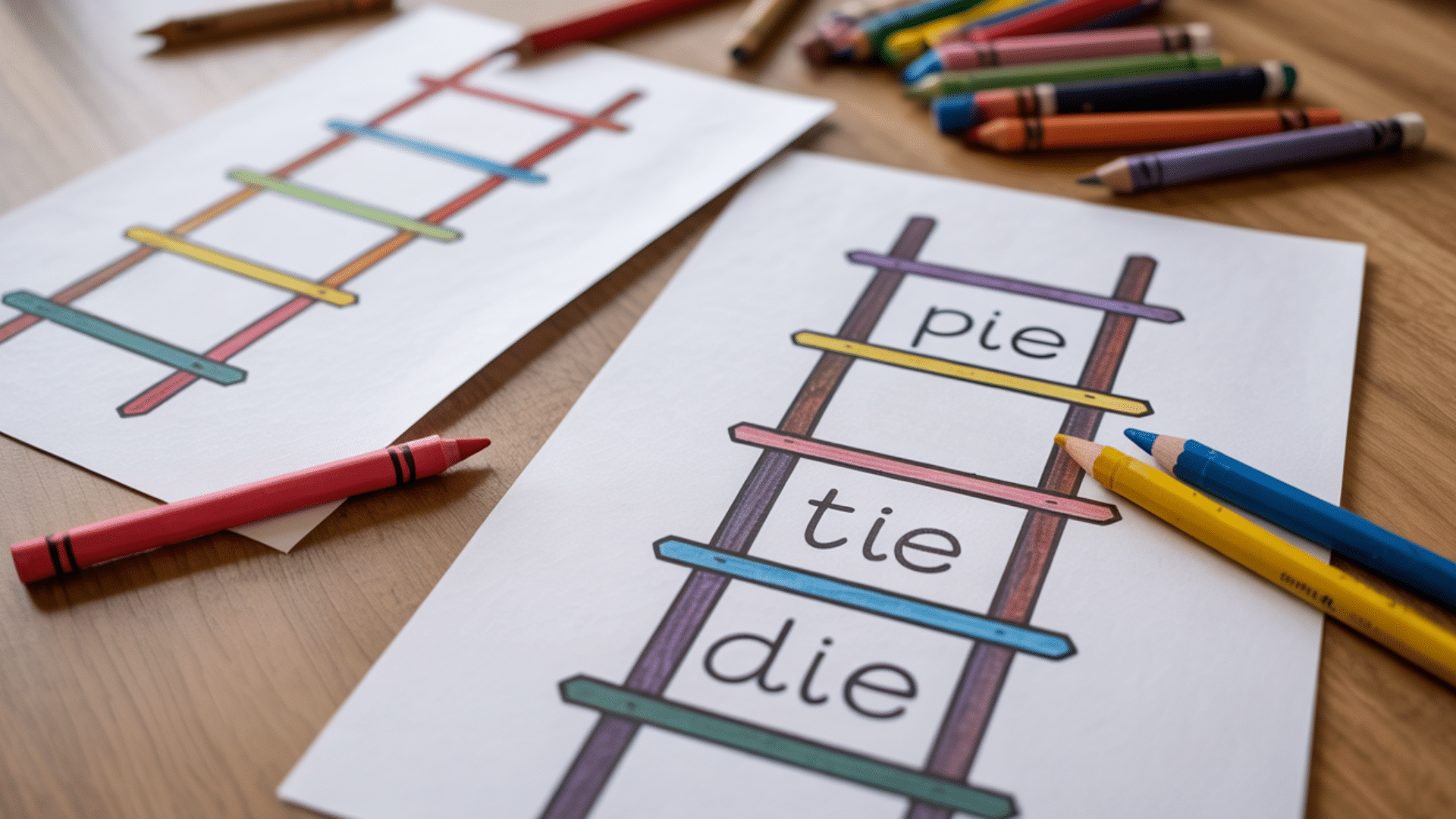
- What you need: Draw ladder shapes on paper and write a starting vowel team word at the bottom rung.
- How to play: Students change one letter at a time to create new words as they climb up each rung of the ladder.
- Learning benefits: Letter-sound relationships, spelling patterns, and understanding how small changes affect word meaning.
The Bottom Line
Mastering vowel team words opens doors to reading success for young learners everywhere. This blog post covered the essential types of vowel digraphs and provided engaging activities that make learning enjoyable.
When children understand these letter patterns, they read faster and with greater confidence. Teachers and parents now have practical tools to support literacy development.
These skills form the foundation for tackling more complex texts as students advance through their educational quest.




